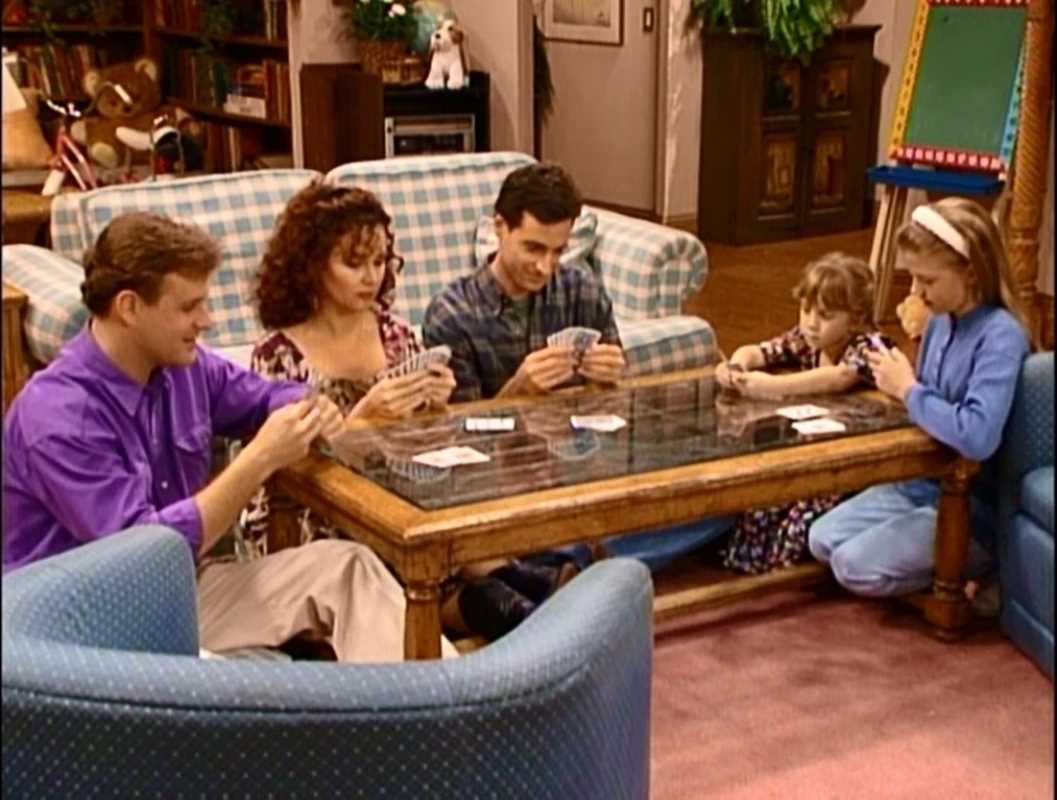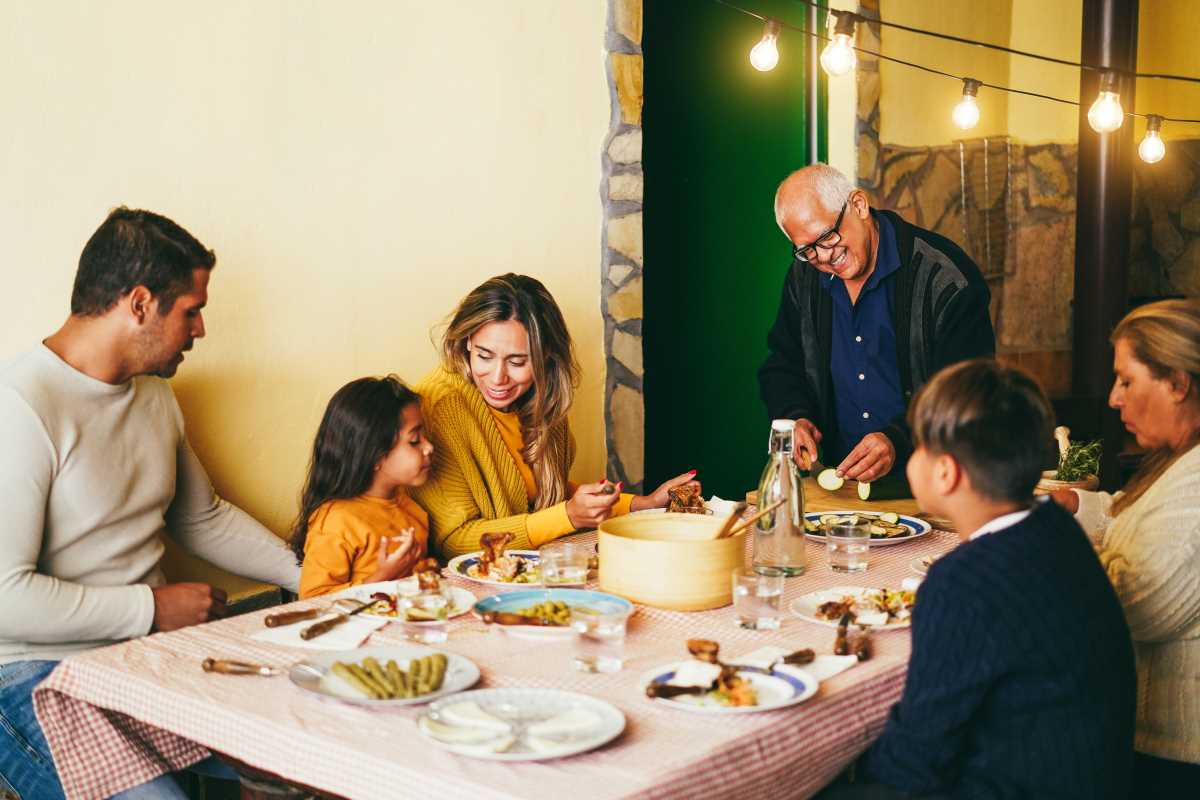Families are the foundation of love, guidance, and support, and no matter how different individual members may be, these connections remain invaluable. When a child or loved one identifies as LGBTQIA, families often face a mix of emotions—from pride and curiosity to confusion and uncertainty. For some, this can be a challenging topic, especially if they’re viewing it through the lens of personal or cultural beliefs.
Acceptance is not about changing your core values; it’s about affirming and supporting your child or family member for who they truly are. Through open communication, empathy, and a willingness to learn, families can overcome initial discomfort or fears and create an environment of love that uplifts everyone involved.
Why Family Acceptance Matters
For LGBTQIA individuals, family acceptance is one of the most critical factors in their emotional and mental well-being. Studies consistently show that an accepting family helps reduce rates of depression, anxiety, and other mental health challenges for LGBTQIA youth. Knowing they are loved for who they are gives them the confidence to live authentically and thrive.
On the other hand, lack of support can lead to feelings of isolation, shame, and fear. It may push loved ones away when they need their family the most. This doesn’t mean acceptance has to happen instantly—understanding and adjusting to something new takes time. The key is to commit to a process of growth, fostering a home where open conversations and love can flourish.
Starting with an Open Heart
Listening Without Judgment
When a family member opens up about their identity, it can feel like a big step, not only for them but for the family as well. For conservative families, this might go against prior expectations or traditional values. Still, it’s important to listen with patience and kindness.
Avoid focusing on immediately responding or asking questions that might come across as unintentionally harsh, like “Are you sure?” or “Is this a phase?” Instead, express gratitude for their trust in sharing something so personal. A simple, “Thank you for telling me,” can go a long way.
Reflecting Love and Support
Reaffirm your love for your family member, even if you’re unsure about how to respond at first. It’s okay to say, “I don’t fully understand right now, but I love you, and I want to support you.” This lets them know their place in the family is secure, no matter what.
Steps for Supporting Your LGBTQIA Family Member
Acceptance doesn’t happen all at once. It’s often a gradual process of learning, reflecting, and growing—as a family. Here are some practical ways parents and family members can better support their loved ones.
1. Educate Yourself
Understanding the LGBTQIA community can make a world of difference. Terms and identities like “lesbian,” “gay,” “transgender,” or “nonbinary” might feel unfamiliar, but taking time to learn about them shows commitment to supporting your loved one.
You don’t have to become an expert overnight. There are many family-friendly resources and books designed to explain these topics. Look for guidance that aligns with your personal values while also offering insight into the experiences of LGBTQIA individuals.
For conservative families, it might also help to seek perspectives from people within your community or faith who have navigated similar situations. Many churches, for instance, emphasize loving and welcoming everyone regardless of differences.
2. Create a Safe Environment at Home
Home should always feel like a refuge. For LGBTQIA youth or family members, this means knowing they won’t be judged or criticized based on their identity. Even small comments, like avoiding negative stereotypes or jokes, show that you’re creating a space where they can be themselves.
For parents, it’s especially crucial to set an example of kindness and respect. Whether your child is openly LGBTQIA or hasn’t come out yet, the atmosphere you create will shape their comfort in sharing with you.
3. Respect Their Boundaries
One of the most loving actions you can take is to respect your loved one’s boundaries. For example, your child might not want everyone in the extended family to know just yet, and that’s okay.
They may also have parts of their identity they aren’t ready to talk about, like if they’re questioning or unsure about certain feelings. Avoid pressuring them for information; trust that they will share more when they’re ready.
4. Get Community Support
You don’t have to handle everything on your own. There are support groups and organizations dedicated to helping families with LGBTQIA members adjust and thrive. These communities often include other parents who’ve faced similar challenges and can provide reassurance, advice, and friendship.
For example, organizations like PFLAG offer resources specifically for parents and allies. Faith-based groups are also emerging to bridge understanding between religious traditions and LGBTQIA acceptance, which may feel more comfortable for conservative families.
Strengthening Family Bonds Through Acceptance
Ultimately, every family struggles at some point to align individual differences with shared values. But what keeps families strong is the ability to love one another, regardless of those differences.
When parents and siblings choose to affirm and support their LGBTQIA relative, they show that family is a safe place—a place where every member is seen, valued, and cherished. This doesn’t mean you have to abandon personal values or beliefs but rather find a way to apply those values in a way that benefits everyone.
Acceptance strengthens family bonds by fostering trust and deepening understanding. The process may take time and effort, but the reward is a closer, happier, and more united family.
Moving Forward Together
Navigating LGBTQIA concerns in a family setting, especially for conservative households, can feel challenging at first. However, it’s important to remember that love and acceptance don’t need to come at the expense of your values—they often reinforce them. Compassion, understanding, and support are some of the strongest tools any family can use to overcome uncertainties and build each other up.
Your love has already carried your family through countless challenges. This is just another opportunity to grow together and show the strength of your bonds. By approaching your LGBTQIA child or relative with an open heart, you’re giving them the gift of confidence, belonging, and unconditional love.
Family is about standing together, even when things feel unfamiliar or uncomfortable at first. With patience and dedication, you can create a home where everyone feels safe and supported—a home where love always wins.





.jpg)
.jpg)
.jpg)